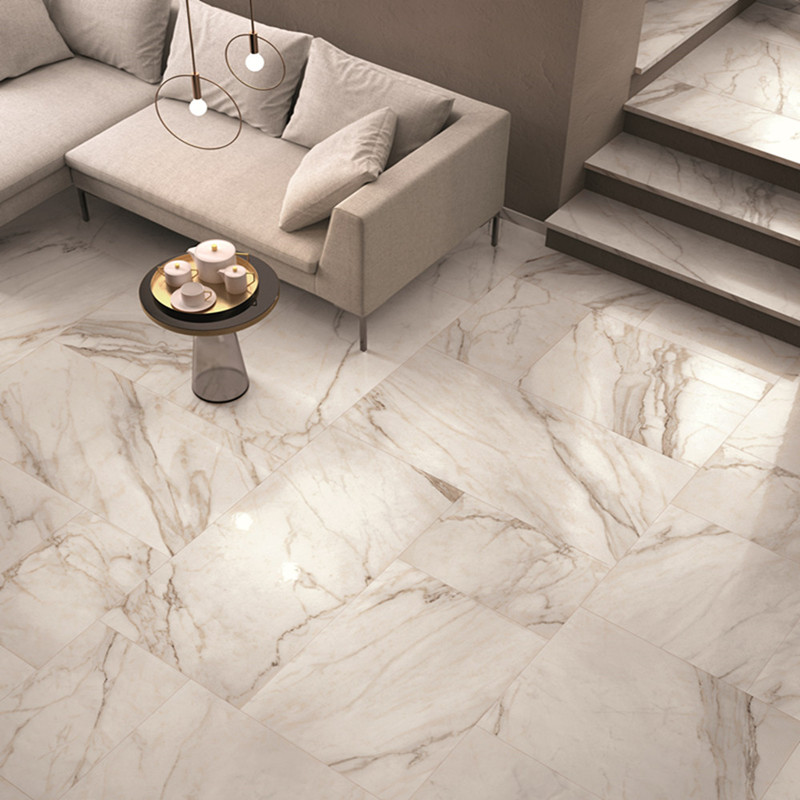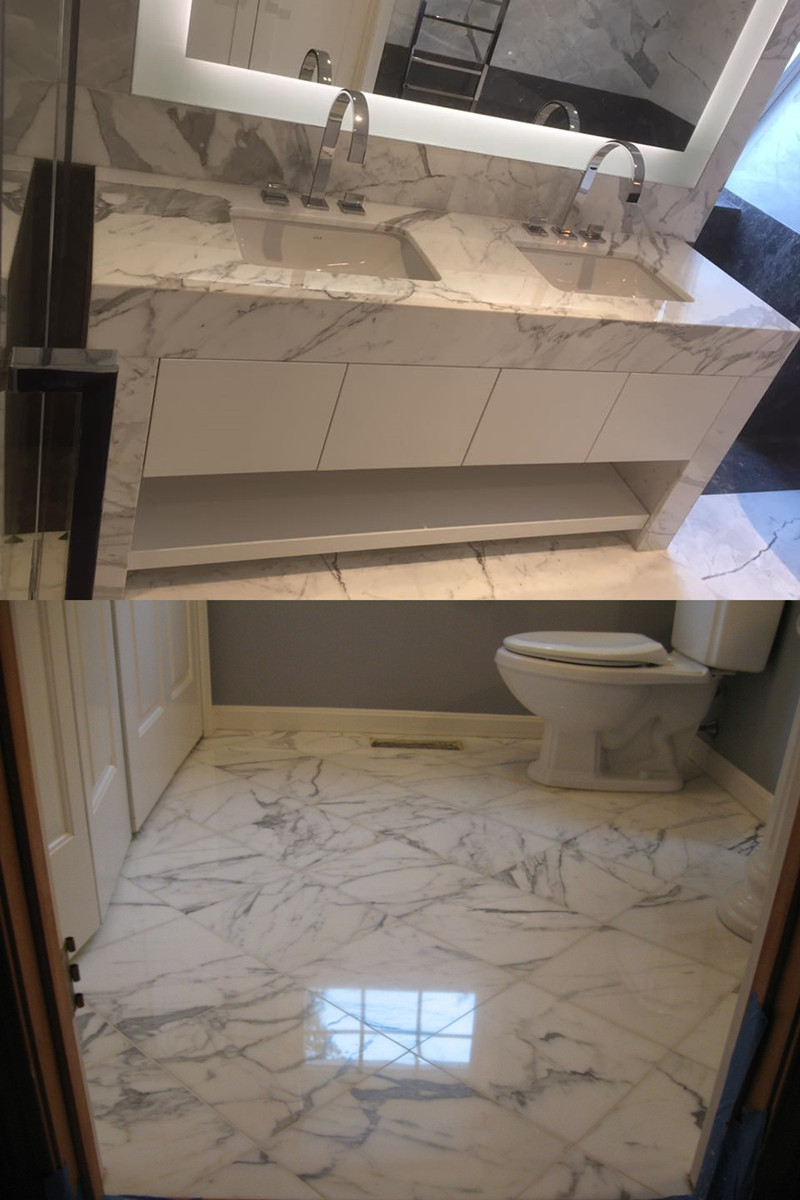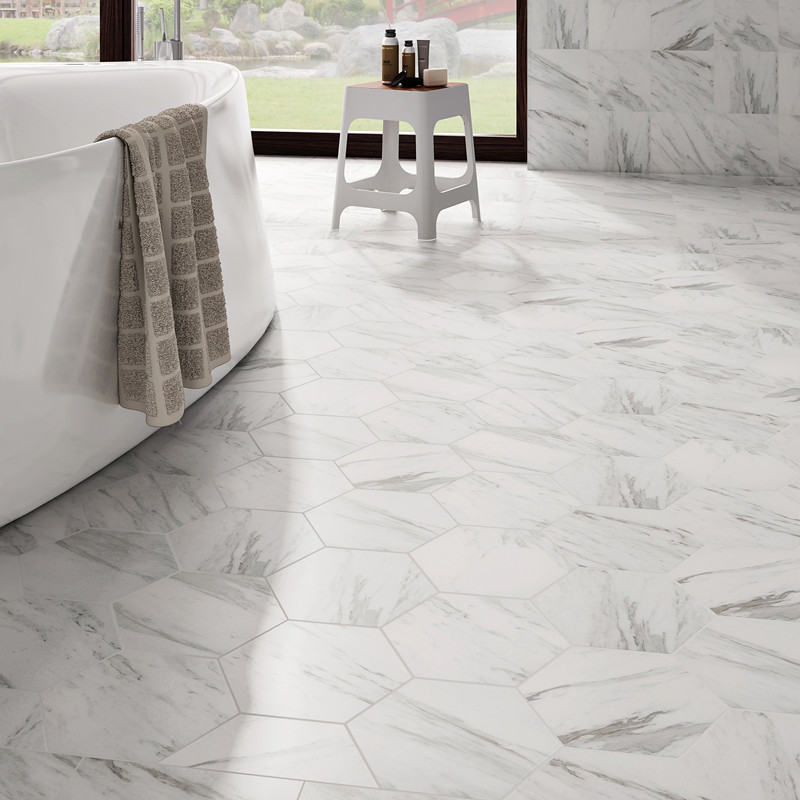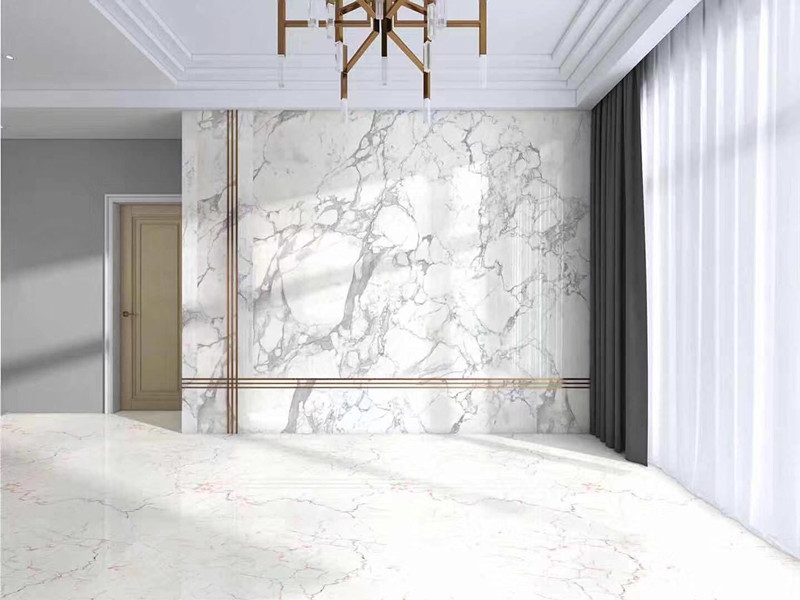1.The stone must be clean and dry
The stone is required to be clean and dry, because the stain on the surface of the stone will be brought into the interior of the stone during the process of applying theprotectant, causing harm or pollution, and it is difficult to remove it.Therefore, the rust stains, oil stains, pigments and dust on the surface of the stone should be cleaned before applying the protectant.
It is best to rinse it off immediately after cutting and then dry it for use.
Drying the stone is to make the stone fully absorb the protectant to achieve the desired protective effect.

2.Heated and dried stone must be lowered below 40 °C to use protectant
The stone must be lowered below 40 °C to use the protectant. The reason is that if the temperature is too high, the solvent will quickly evaporate, and the protectant willharden on the stone surface early, resulting in insufficient penetration depth, and the deep protective effect of the protectant is poor.

3.The paint protectant must be sufficient and uniform
The amount of protectant must be sufficient, otherwise the protective dose absorbed by the stone is not enough to produce a protective effect. The amount of protectant used fordifferent densities of stone will be different, and the number of coatings required will vary. For example, white sand beige, singed granite, white granite and the like. It isrequired to use a larger amount, and the number of paintings should be more than two times.
The pores of this kind of stone are large, and a small amount of single-passingprotective agent is not enough to block the capillary phenomenon and prevent pollution. Some of the higher density, no high-temperature processing cracks, the amount of stonerelative to the stone protective agent will be less.
Different installation parts and installation methods require different amounts of protective agent for the stone. The wet-laid ground stone requires a larger amount of protective agent than the dry-walled stone. The brushing must be at least two times.

4.Remove excess protectant
Use a clean rag to remove residual protectant to prevent the residual protectant from hardening on the stone surface and destroying the gloss of the stone surface.
Because thestone protectant can not be completely absorbed by the stone, a small part will remain on the surface of the stone, and after hardening, the residue on the surface of the stonewill be crystallized, and the gloss will be lowered.

5.The stone should be fully overhead
Health is the process of letting the stone coated with protectant dry naturally under ventilation and natural chemical changes.Generally, it takes 48 hours or more for the stone protectant to complete the chemical change process.
The lower the temperature, the longer the health time. Seeing from the surface for a day or a few hours, there is water in the stone, but this is only a surface phenomenon.
Generally, there is no effect for dry hanging stone, but if it is installed in the wet method, the stone protectant does not fully function to block the capillary phenomenon,that is to say, its chemical change has not been completed, then it will definitely be in the alkali The back bleed of the cement slurry is destroyed, resulting in some seriousor even irreversible pollution such as water spots, alkali return, yellowing, and rust, resulting in failure of protection.
It is best to use stone blocks for overhead maintenance. Do not use materials such as wood and iron pipes to avoid secondary pollution.
It is also very important to tiling the health time. It is not allowed to stand up too early, which will result in a large amount of protection at the bottom, a small amount oftop protection, and a yin and yang face may appear on the stone after wet paving.





